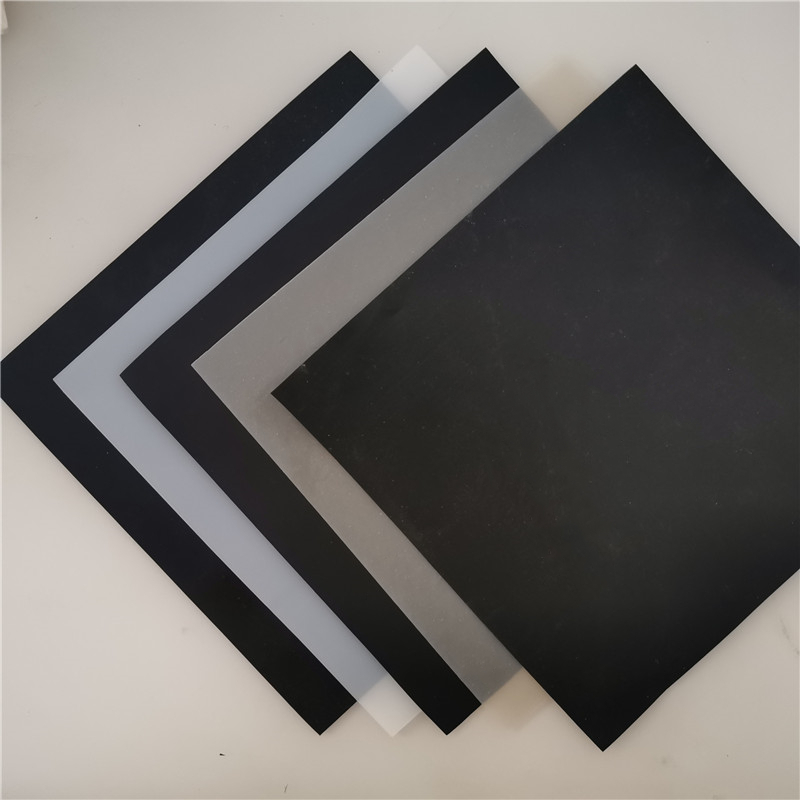详细内容:
![1602839109224845.jpg 1-2010131PJC39[1].jpg](/static/upload/image/20201016/1602839109224845.jpg)
The causes of geomembrane breakage during engineering construction, based on the construction experience of various
projects, are actually influenced by the type of geomembrane, the thickness of the geomembrane, the temperature of the hot
wedge of the electric welding machine, the welding speed, the local climate temperature and wind force.
During the process of geomembrane splicing, it is necessary to avoid material leakage and leakage repair as much as possible
After on-site and indoor tests of welded parts, it was found that the fracture failure mainly occurred in the non-welded
areas close to the welded joints. Hot wedge welding machines are widely used in welding construction in China. On-site sampling
tests of many projects have shown that most of the fractures also occur in the non-welded parts at the edge of the weld seam,
to be precise, the parts close to the weld seam. This indicates that although the types and performances of welding machines
used at home and abroad are different, the welding parameters used are also different, and the climate conditions in different
places are not the same. The damage phenomena are basically the same. Through their respective research, different explana-
tions have been put forward for the causes of this phenomenon. Some people believe that it is caused by concentrated strain
at the joint edges, including abrasions at the joint edges. Some people believe that high welding temperatures have an impact
on the edges of the joints, including thinning in thickness and hardening of the material. The author believes that the high tem-
perature of the hot wedge will harden the edge of the joint, thereby increasing its strength. In fact, the upper and lower film
materials of the molten hot wedge may not strictly overlap. The tiny part outside the overlapping area will become a weak zone
where fracture occurs first, with a strength lower than that of the raw material, approximately 85% to 95% of the raw material.
However, although the fracture still occurs at the edge of the joint, the strength of the strictly overlapped joint is 5% to 15%
higher than that before welding, and the elongation decreases.
In fact, for a certain model of hot wedge welding machine and a certain model and thickness of geomembrane, the
selection of welding parameters such as hot wedge temperature, welding speed, and roller pressure is also affected by local
atmospheric temperature and wind force.
During the process of geosynthetic membrane splicing, it is necessary to avoid material leakage and leakage repair as
much as possible, especially during the welding process, to minimize missed welds and false welds, as well as multiple pause
points in a single weld seam. Although these defects can be repaired through inspection, the welding quality of handheld
welding torches is far inferior to that of welders.





